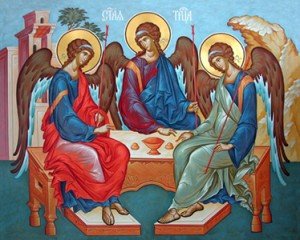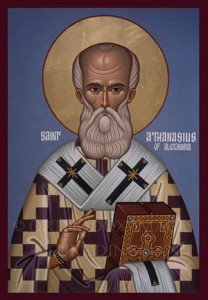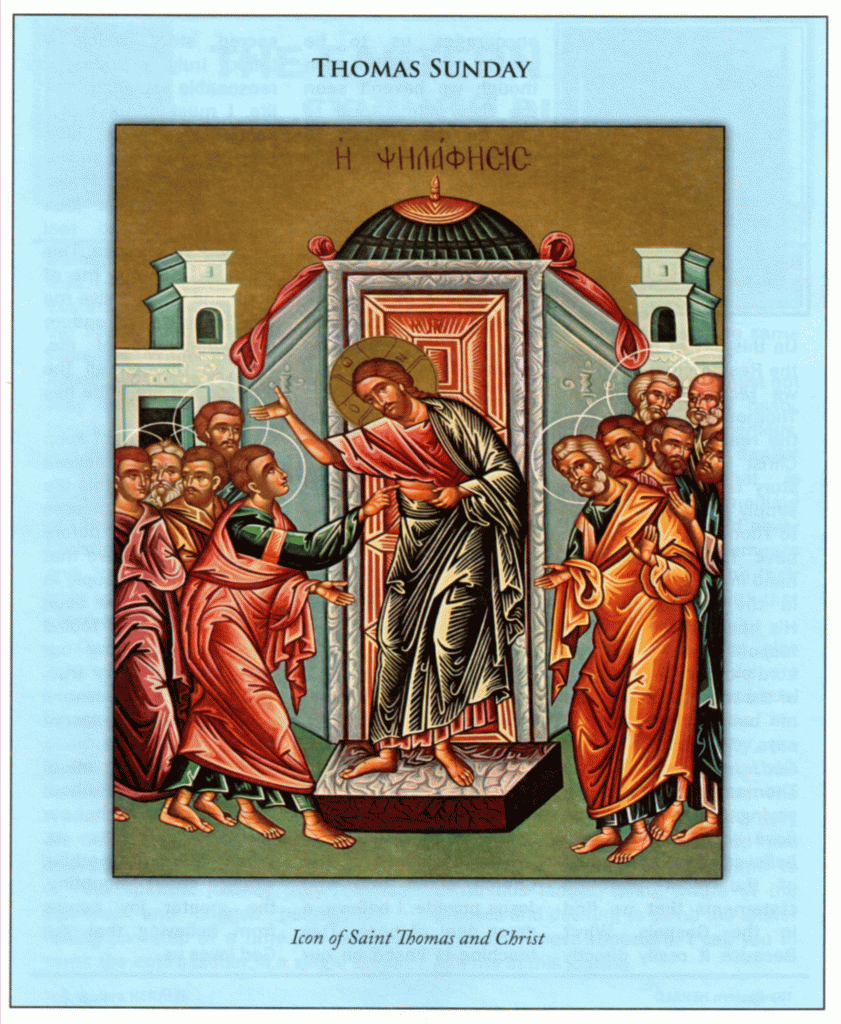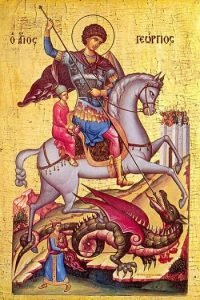 As I indicated in the last issue of this article, the goal of Eastern Christian spirituality is none other than living in a state of deification or participation in the divine life. This experience, strikingly expressed as a state of deification, includes first of all two general teachings:
As I indicated in the last issue of this article, the goal of Eastern Christian spirituality is none other than living in a state of deification or participation in the divine life. This experience, strikingly expressed as a state of deification, includes first of all two general teachings:
- It represents the ultimate step of man’s perfection; so this supreme phase of the believer’s earthly life or the goal of his whole life is also called perfection.
- Deification is realized through the believer’s participation in the divine powers, by flooding him with boundless divine things.
I believe these teachings will become clearer as I continue to share thoughts on Eastern Christian spirituality – that which you and I are called to by our membership in an Eastern Christian Church.
Because this experience represents the highest step of perfection on earth, it means the normalization and supreme realization of human powers: knowledge, love, and spiritual force. Experienced by the believer, the state exceeds the limits of his powers; it is fed by divine power.
The culminating state of the spiritual life is when the believer is raised higher than the level of his own powers, not of his own accord, but by the work of the Holy Spirit. “Our mind goes outside itself and so unites with God; it becomes more than mind,” says St. Gregory Palamas.
Although I realize that at first glance this may all seem to be either frightening or impossible, it is possible because of God’s actions within the life of a person who truly desires to become united to God. It doesn’t happen by osmosis or accident. It happens when we turn our minds and hearts to the effort of becoming, in a real and true way, the children of God. Nothing is impossible for God. Indeed, true personal transformation is possible with God’s help. Of course we have to welcome God into our lives and become serious about spiritual development. God does not and will not force His way into our lives. He enters in wherever He is welcome.
God does continuously offer to become a part of our lives, however. He allows life to deliver a multitude of real opportunities to place our hope and trust in Him. It only requires that we become aware of these opportunities.




